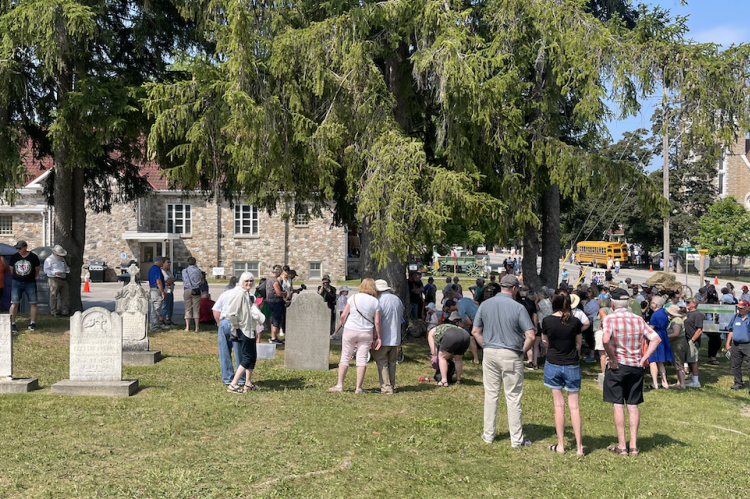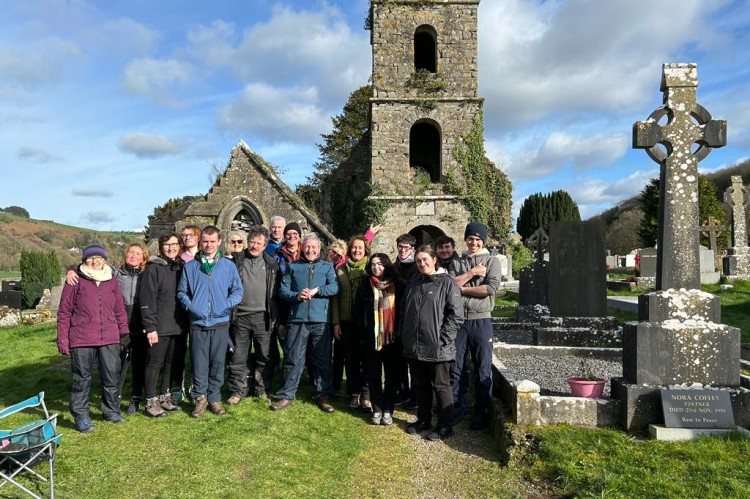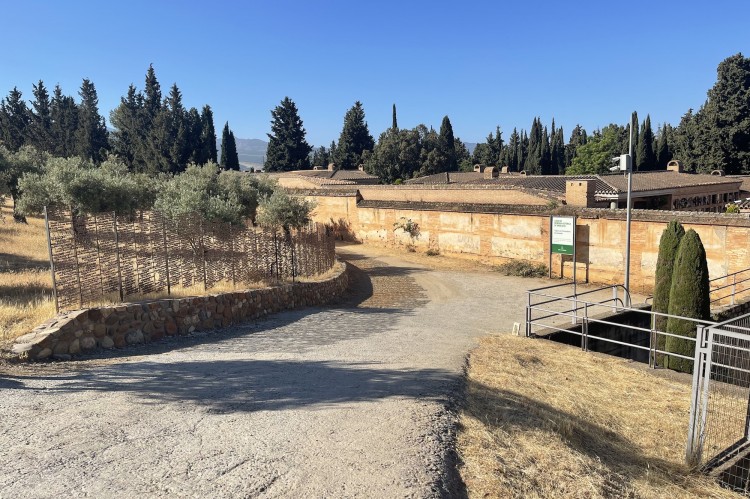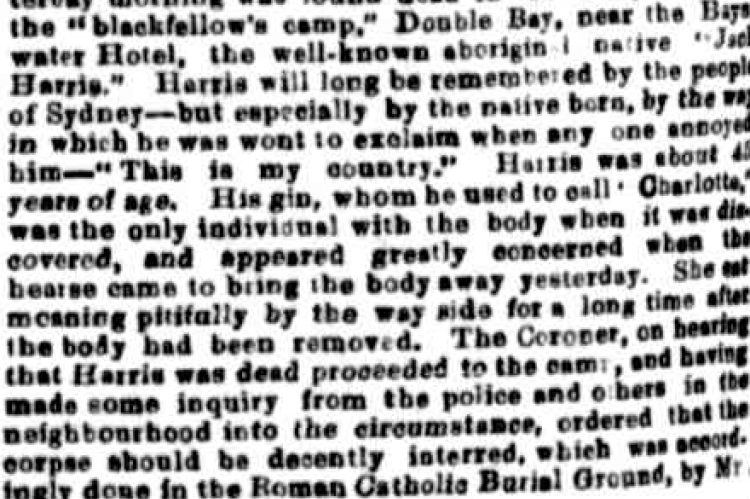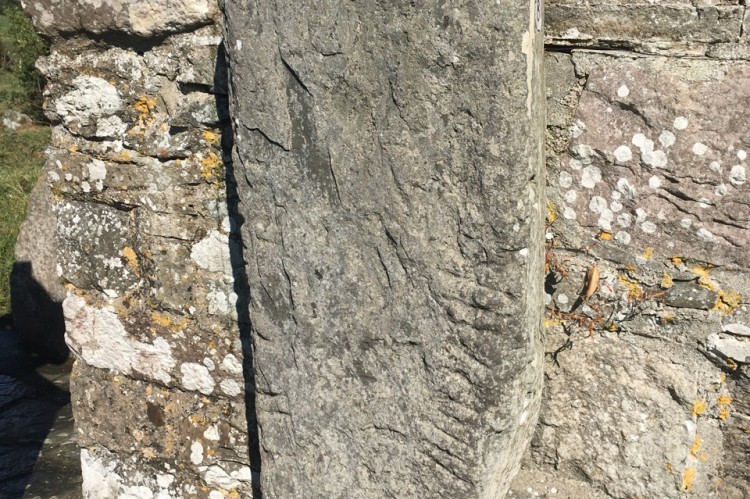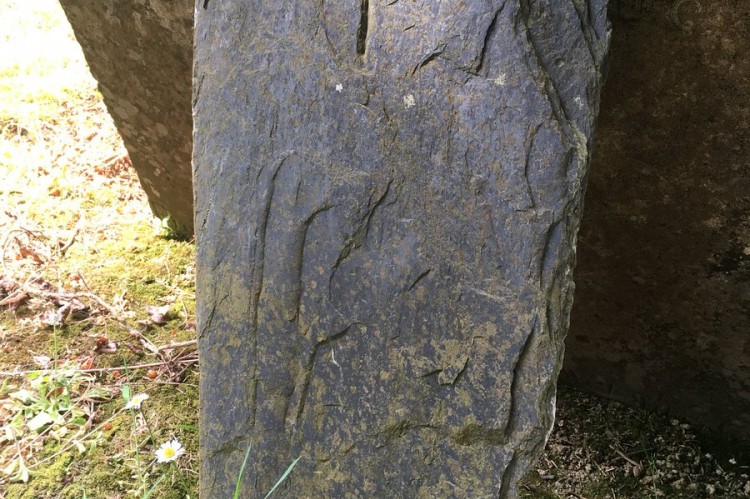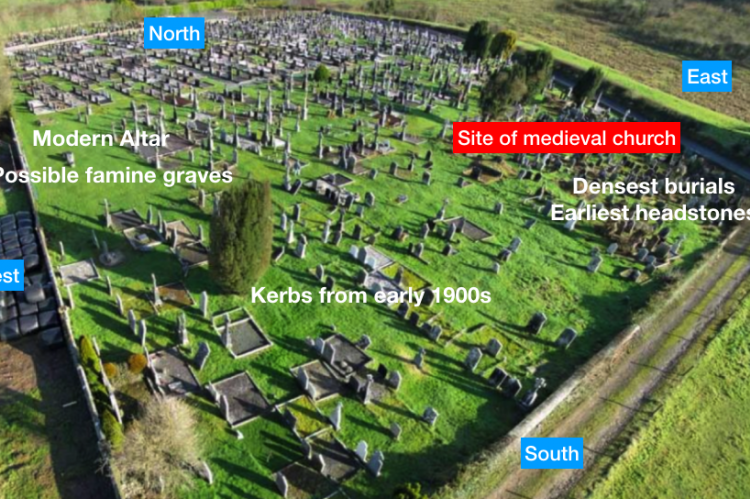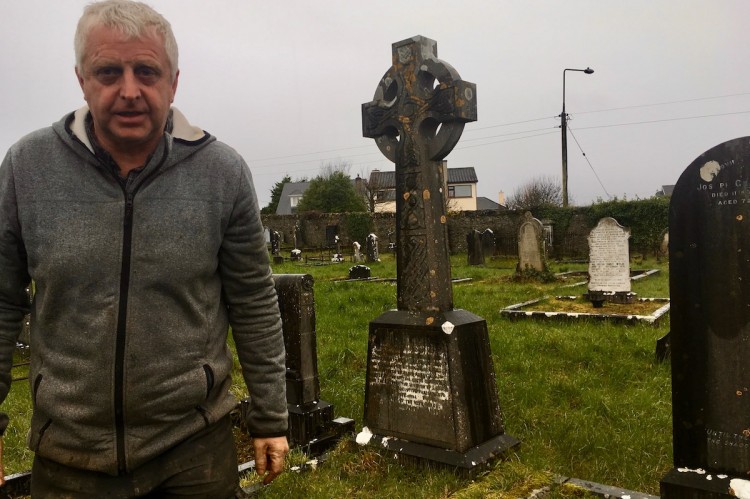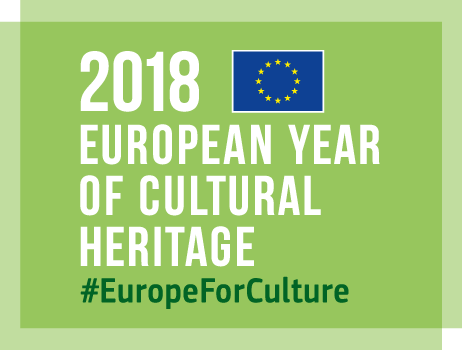Tracing Douro’s Families: An Irish Diaspora Community in Ontario, Canada
This is the script of a talk given by John Tierney on Sunday 6th July 2025 , in Douro village, Ontario as part of the Douro 200th Anniversary of the Peter Robinson Settement which brought around 500 Irish families from southern Ireland to northern Ontario. Those families put down deep roots in the area while also spreading across the rest of the continent. John was invited by the Douro 200th Anniversary committee to attend, survey their local cemeteries, and give this talk.

